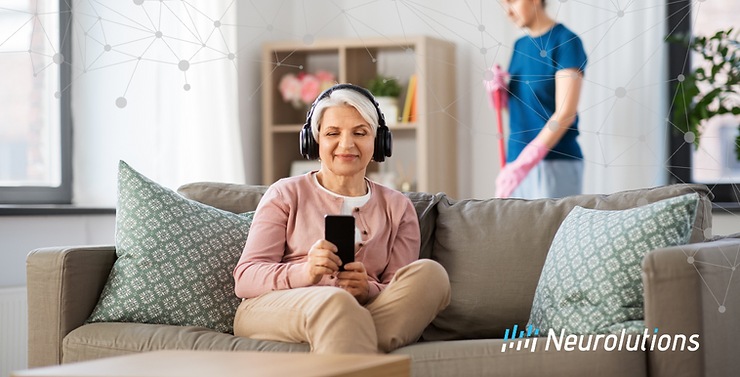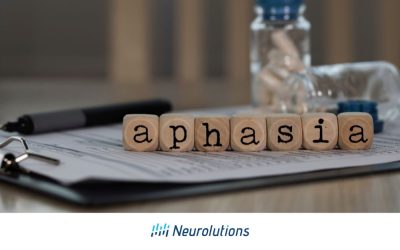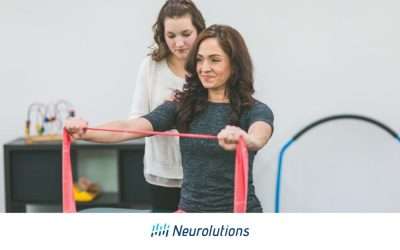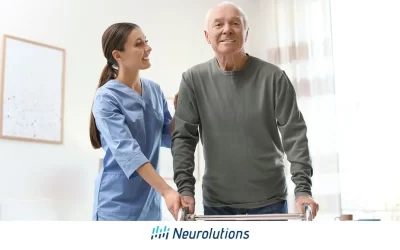Returning home with a loved one following a stroke may happen almost immediately after the stroke if deficits are not severe. It also may occur weeks to months following a prolonged hospitalization and rehabilitation process when the survivor requires medical care, when the burden of care on family members is high, or when the individual is not safe to manage their basic mobility and self-care needs.
No matter the time that has passed between home and the onset of stroke, it is undeniable that a major life change occurred and family or friend dynamics may have shifted. As an occupational therapist, I have witnessed hundreds, if not thousands of patients following a stroke transition from hospitality and rehabilitation to home or long-term care with the help of family and friends. Approximately 70-90% of stroke survivors are cared for in the home (1).
What You Need To Know
No matter the setting from which the patient is discharged home, ideally, the caregiver should be trained on how to best help the stroke survivor if the individual is not able to complete all tasks independently. The caregiver(s) should also be guided through options for home modifications and adaptations to reduce fall risk, enhance overall safety, and promote independence.
Caregivers should also practice and demonstrate the capacity to perform home exercises, mobility, transfers, and activities of daily living multiple times with the trained staff before returning home, if able. It is important to have the equipment to increase safety, especially for mobility before the survivor arrives home, such as a walker, wheelchair, shower chair, bedside commode, or grab bars. The purpose of mobility training is to increase independence, prevent falls, and reduce the burden of care. If you have not been contacted by your loved one’s team, reach out to the care team or therapist for increased opportunity for caregiver training opportunities and education and help to obtain equipment before discharging.
Self-Care for Caregivers
It may feel overwhelming to become a caregiver. Also, it may be very difficult for one person to be responsible for all aspects of another’s care. Research shows that caregivers can become depressed when taking care of a loved one and more than not, the caregiver may have a decreased understanding of stroke, and care principles for people with stroke.
As a caregiver, it is important to allow self-care strategies for not only the survivor but also the caregiver. Often the division of responsibilities in the family becomes unbalanced when a spouse is taking care of the other spouse or a child, ignoring the caregiver’s own basic needs as they are focusing on the survivors’ needs only. The caregiver must be able to obtain the needed sleep and rest to have the energy for care during the day. Asking other friends, family, or paid caregivers for respite care is important. There are also many social programs available now that were previously not available such as country/state/insurance funded respite care or doing things such as grocery delivery or grocery pick up services free or for a minimum charge post covid. Using delivery services or curbside pick-ups can help cut down on time spent running errands or setting up transportation and allow more time for the caregiver to have time for themselves.
It is important to also reach out to the insurance provider, as many insurances allow for continued therapy, time at a day program or community programs, transportation, or other activities that will give the stroke survivor time to socialize with others while providing time for the caregiver time away from the full-time caregiver. Allowing time for the caregiver to get daily exercise or a hobby is imperative, even if only for 30 minutes. Extra time can also be found when using a daily schedule and setting a time for “you” and communicating this to the family.
Helpful Tools
Another vital aspect of caregiving aside from allowing time for yourself is helping to prevent another stroke or further disability for the survivor, allowing time for recovery and greater independence. For someone who has already had a stroke, that individual is 2x more likely to have a second one. Knowing the signs and symptoms of a stroke can help prevent further disability. To learn more about symptoms and challenges post stroke check out some of our other articles. As a caregiver, medication compliance is one of the greatest things you can complete to help avoid another stroke for your loved one. It is usual for a stroke survivor to be on multiple blood pressure management medications as high blood pressure is one of the leading causes of stroke. You can use a daily pill tracking box, alarms, daily calendar or tracking sheet, and home blood pressure cuff to ensure compliance and decrease stress to try to remember if you as the caregiver dispensed the medication and when. If you feel your loved one has had any change in medical status, contact 911 or call the doctor immediately.
Finding Help and Information
Overall, your rehabilitation team, especially the case manager, social worker, and occupational therapist ideally will be able to collaborate with the caregiver to develop a home exercise program that is realistic to the caregiver and stroke survivor alike. It can also be helpful to attend virtual or in-person caregiver support groups and meet with other caregivers who are experiencing similar situations and may have some good suggestions for self-care and care of a loved one. Finally, the more they know, the better. Take time to educate yourself and find what works for you and your family. Stroke.org has a very helpful caregiver guide, and there are also a bunch of great books that can be helpful. Some books our team recommends are Healing the Broken Brain by Dr. Mike Dow, David Dow, with Megan Sutton, and Hope After Stroke by Tsgoyna Tanzman, an NLP Practitioner, and Speech Pathologist.
References:
Charles H. Christiansen, Kathleen M. Matuska. Ways of Living: Adaptive Strategies for Special Needs. Bethesda, MD: American Occupational Therapy Association, 2004.




